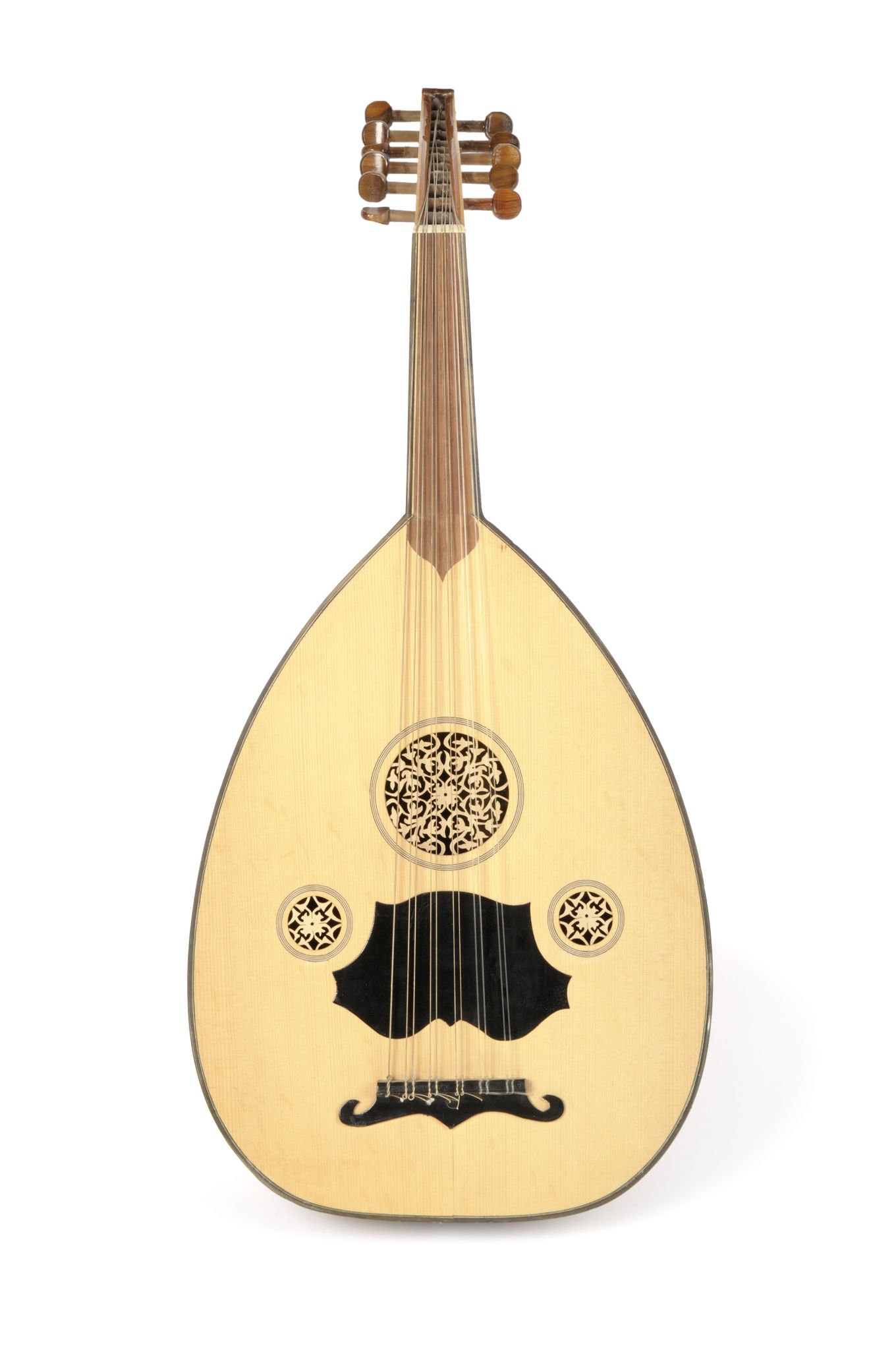Discover the Richness of Traditional Arabic Music: A Journey into Arabian Sounds
Introduction to Traditional Arabic Music
Traditional Arabic music is a vibrant tapestry of sounds and rhythms that has captivated audiences for centuries. Its roots stretch back thousands of years, encompassing the diverse cultural heritage of the Arab world. From the enchanting melodies of the oud to the rhythmic beats of the darbuka, this music offers a rich auditory experience that is both timeless and deeply evocative.

The Historical Roots
The history of Arabic music is a journey through time and geography, reflecting the influences of ancient civilizations such as the Mesopotamians, Egyptians, and Greeks. Over the centuries, it has evolved, absorbing elements from neighboring cultures while maintaining its distinct identity. The Golden Age of Islam saw a flourishing of arts and sciences, during which music theory was developed and codified, influencing not only Arab regions but also the broader world.
One of the defining features of traditional Arabic music is its modal system, known as Maqam. Maqam is a set of scales and rules that guide the composition and improvisation of music. It provides a framework within which musicians can express a wide range of emotions, creating pieces that are as varied as they are profound.
Instruments That Define the Sound
Arabic music is characterized by a unique array of instruments, each contributing to its distinctive sound. The oud, often referred to as the "king of instruments," is a pear-shaped stringed instrument that produces deep, resonant tones. The qanun, a type of zither, adds intricate melodies to compositions, while the ney, an end-blown flute, offers hauntingly beautiful notes. These instruments, among others, create a rich soundscape that defines traditional Arabic music.

The Role of Rhythms
Rhythm plays a crucial role in Arabic music, with complex patterns that can be both subtle and driving. The darbuka, a goblet-shaped drum, is central to this rhythmic complexity. Its rapid beats and varied tones provide the backbone for many compositions. Rhythmic cycles known as Iqa'at guide musicians through intricate patterns, allowing for both precision and improvisation.
- Iqa'at: The rhythmic patterns used in Arabic music.
- Samai: A 10/8 rhythm often used in classical compositions.
- Malfuf: A fast 2/4 rhythm used in folk music.
Vocal Traditions and Poetry
Vocal performance in Arabic music is deeply intertwined with poetry. Lyrics often draw from classical Arabic poetry or contemporary themes, delivered with expressive vocal techniques that convey emotion and storytelling. The art of improvisation, or Taqsim, allows singers to explore their vocal range while adhering to the structure of Maqam.

Modern Influence and Global Reach
Today, traditional Arabic music continues to evolve while retaining its core elements. Artists are blending it with modern genres such as jazz, hip-hop, and electronic music, creating new sounds that appeal to global audiences. This fusion has led to increased recognition and appreciation for Arabic music worldwide.
The global reach of this music is evident in international festivals and collaborations between Arab musicians and artists from other cultures. These exchanges enrich the musical landscape, fostering mutual understanding and respect across different cultures.
Conclusion: A Timeless Journey
The richness of traditional Arabic music lies in its ability to transcend time and place. It tells stories of a vast cultural heritage while continually adapting to new influences. Whether you are a long-time aficionado or a curious newcomer, exploring this genre offers a profound journey into Arabian sounds that is sure to leave a lasting impression.
